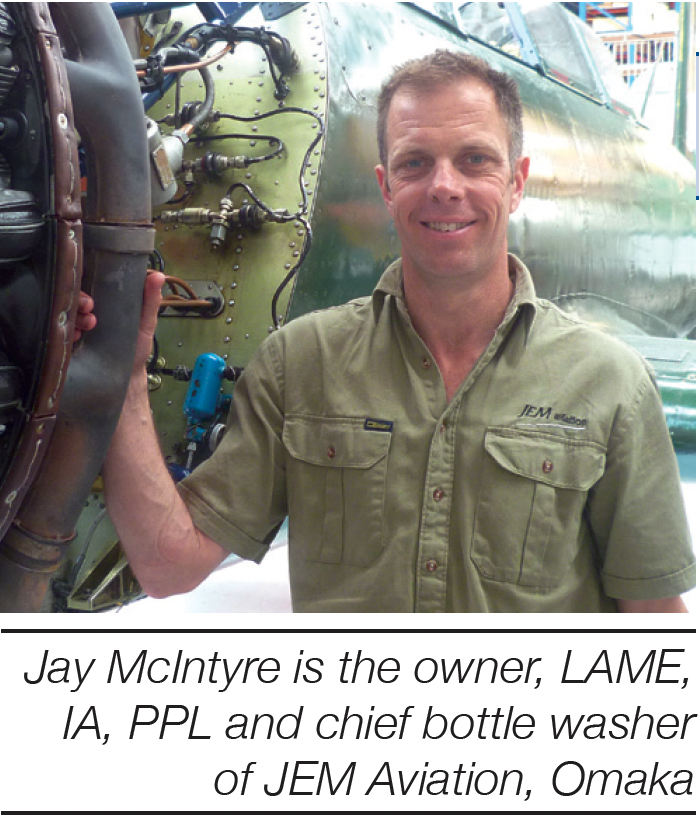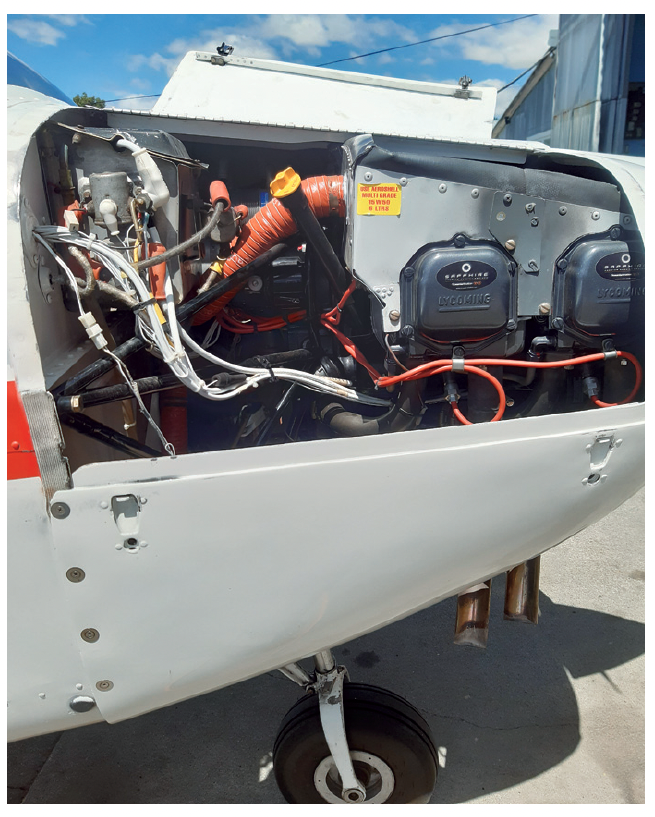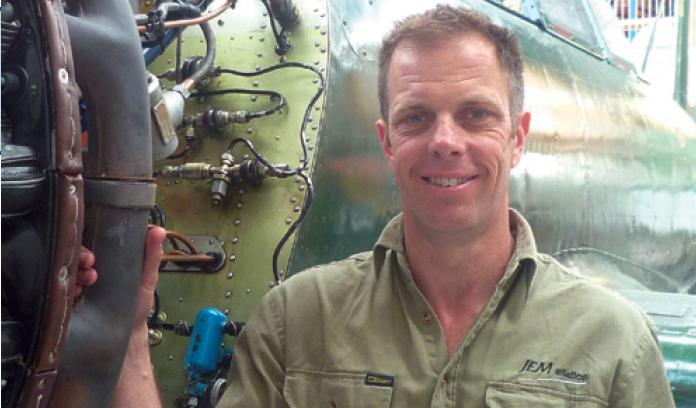By Jay McIntyre
Ahh, Christmas holidays… Everyone’s on holiday, including your friendly engineer! Darn it, flat tyre. Hmm, what to do…? Don’t want to disturb the engineer on his holidays… Need to fly. That’s right! I seem to recall that I can change spark plugs and tyres as an owner. Good as! Job done… or is it?

Pilot Maintenance seems to be one of those things that has almost mythical status and, like most myths, is misinterpreted and misunderstood, not only by the pilots but, to varying degrees, by engineers as well. Yes, you can change your own tyres, as per Rule Parts 43.51 and 43 Appendix A.1 and A.2, but it has to be per the Rule, as there are a couple of real ‘gotchas’ including the requirement for proper training for the task being carried out (that is recorded as having been carried out) and for ensuring the work has been signed for (the dreaded Release to Service). 43.51 (b) (1) allows for the pilot to do the maintenance specified in Appendix A.1 and/or A.2. (Note that A.1 specifies maintenance that can be carried out on aircraft used for hire and reward, whereas tasks listed in both A.1 and A.2 can be applied to aircraft not used on hire and reward operations.)
I think most people probably get to that point and their brain tells them ‘Yah! We can do it’, but, like most of us, they then fail to read what is effectively the fine print of the agreement. From there, 43.51 (c) (1) advises that the person carrying out said maintenance must be ‘authorised in writing by the operator to perform the maintenance’ (In my view it is not necessary for a private owner, unless you want to write yourself a letter!) and (the kicker) ‘be appropriately trained by the holder of a current and appropriate aircraft maintenance engineer licence with an appropriate rating…’ What does that actually mean? Obviously, you need training. That’s all well and good, but how do you prove you’ve been trained when the local CAA Field Safety Officer finds you changing the tyre?
In my view, the Rule falls down here, as it should mention something about a Record of Training that shows what tasks you have been formally trained in. This is something I provide for my own customers who have asked to exercise these privileges. The training will, of course, show you what special tools are needed to complete the task, for example a calibrated torque wrench for the installation of spark plugs, or jacking adapters and the like to change the tyre. We don’t want any ad-hoc jacking arrangements that might result in unnecessary damage to the aircraft!
So, all is in order and wahoo! Job’s done! …Or is it? The other major ‘gotcha’ in all of this is that someone has to sign for the work carried out. In many situations your engineer will probably be happy to do so, but what if it’s the Christmas holidays? Well, 43.101(a) (6) allows you, as the appropriately trained pilot-maintainer, to sign a Release to Service for the work carried out. Most typically this would be on the aircraft Tech Log, and if you have ever looked at the back page of this, you’ll have found a self-explanatory section which has spaces for all the information required. Filling out the Tech Log would, of course, be part of the training process, and should also explain Release Note documentation for parts used.

As with everything in aviation law, there is another ‘gotcha’ in that you need to be aware of what your signature on the Release-to-Service encompasses. Rule Part 43-103 ‘Requirements for certifying release-to-service’ lists these and the pertinent point here is: 43-103 (a) (1) ‘A person must not certify an aircraft or component for release-to service after maintenance unless— (1) the maintenance has been performed in accordance with this Part. i.e., all sections of Rule Part 43!
Food for thought, hopefully. Don’t get me wrong: I’m not against pilot maintenance, but it needs to be held to the same levels of accountability and responsibility as maintenance carried out by a licensed engineer. There’s nothing worse than an aeroplane coming in for a service and having to figure why there is a new tyre on it when there’s no record of it ever having happened!
This article first appeared in the Autumn 2021 edition of Approach Magazine, the dedicated magazine of AOPA NZ, which is published quarterly.

